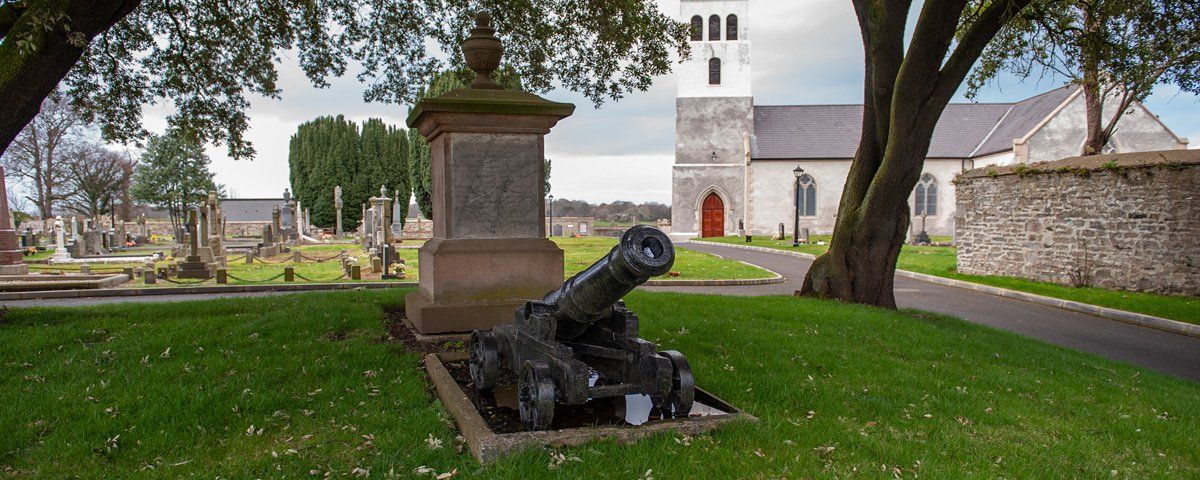Limavady derives its name from 'Leim an Mhadaidh' and means ‘Leap of the Dog’. The name ties the original location of the settlement to the O’Cahan’s castle. The Dog Leap in the Roe Valley Country Park relates to a faithful wolfhound of the O'Cahan's which is said to have leapt over the river gorge to warn its master of approaching enemies. The O’Cahan's ruled the area from the 14th century until their last chieftain Donal Ballagh surrendered to Sir Henry Docwra in 1602 during his campaign in Ireland under the authority of Queen Elizabeth 1st.
The Limavady we know today developed during the Plantation of Ulster and was originally known as Newtown Limavadde. The County of Coleraine (O’Cahans Country) was granted to Thomas Phillips by James 1st of England, the same Thomas Phillips who was granted a license to distil whiskey at Bushmills in 1608. He effectively became commander of the area and forged ahead with establishing new settlements between Coleraine and Londonderry as part of the plantation. He built a substantial residence here which included the remains of O’Cahans Castle where he resided.



